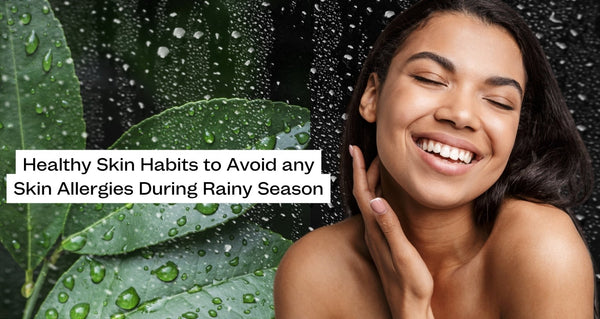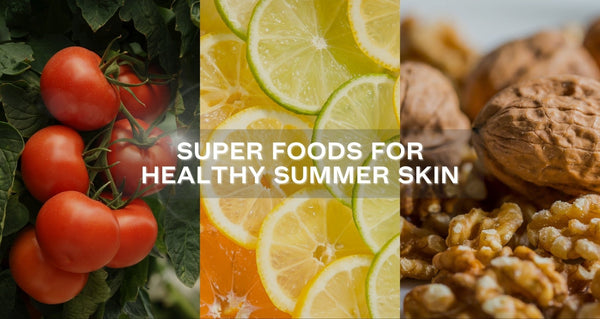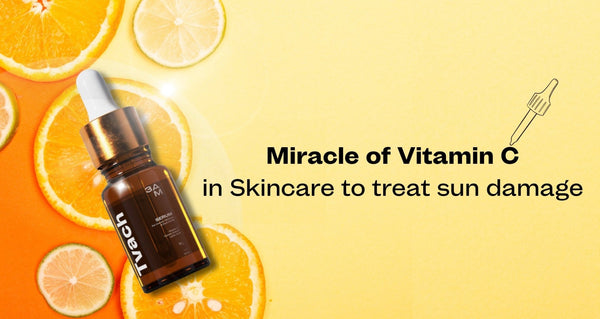How can I treat different types of acne, blemishes and scars?

There are several terms we can use to describe acne, including blemishes, bumps, pimples, and breakouts. Even if we frequently identify acne in teenagers, it can also affect adults. Although a variety of factors can cause acne, hormones are regarded to be the primary culprit. Acne can occasionally be brought on by medications, genetics, and lifestyle choices (such as diet, stress, skincare products, etc.).
What is acne and what causes it?
Pimples and patches on the skin are signs of the inflammatory skin disorder acne. Several things, including clogged sebaceous (oil) glands, a buildup of sebum (a waxy material that covers your skin), and surface debris, can cause it to be chronic and persistent (dead skin cells, bacteria, and dirt).
You could have acne for a variety of causes. Acne outbreaks can be brought on by variations in temperature and humidity, the use of specific cosmetics, genetics, stress, and anxiety, and hormonal changes related to menstruation and pregnancy.
Acne comes in a variety of forms, and figuring out which one you have is crucial to getting a treatment that works. In general, inflammatory acne and non-inflammatory acne are the two main types of acne that many people experience.
TYPES OF ACNE

Non-inflammatory acne
Acne that is non-inflammatory doesn't make your skin swell. Blackheads and whiteheads are the two main kinds of non-inflammatory acne.
Blackheads
Blackheads develop when pores fill up with sebum and other material, such as dead skin cells, but the pore's surface is still open. Blackheads, also known as open comedones, are clogged pores that seem like black dots on the skin.
Blackheads are regarded as a mild form of acne and can appear on your face, back, chest, arms, shoulders, and neck, among other parts of your body.
Whiteheads
Whiteheads also develop as a result of clogged pores, but with whiteheads, the pore's outer layer closes, trapping sebum and debris inside.
A tiny bump with a white tip emerges from the skin as a result. These closed comedones, which are also regarded as a moderate kind of acne, can emerge where blackheads do.
Inflammatory acne
Inflammatory acne, as opposed to blackheads and whiteheads, results in swelling and inflammation. While bacteria are responsible for the inflammatory response that various types of acne induce, sebum and dead skin cells also contribute to the development of inflammatory acne.
Papules
A pimple is a red, inflammatory protrusion on your skin known as a papule. When bacteria and other particles penetrate a hair follicle, these ugly lesions develop. Papules are a mild kind of acne that typically appear on the face.
Pustules
Pustules, another mild kind of acne, are papules or pimples with a white head or tip. Dead skin cells, oil, and pus that form as a result of your body's response to the bacteria are all present in the pustule's head.
Nodules
These bigger, inflamed lesions, which are unpleasant and rough to the touch, are a more severe form of acne.
Papules and pustules appear on the skin's surface, but nodules appear deeper because a broken hair follicle allows bacteria, sebum, and debris to infiltrate the skin's deeper layers.
In addition to the oil and debris, nodules frequently contain pus, but because they develop deeper in the body, they do not always have a white tip. The most frequently affected areas are the chest, buttocks, back, and face.
Acne conglobate can form when many inflammatory nodules link to one another.
Acne cysts
One of the most severe and agonizing forms of acne is acne cysts. Sadly, they are also the most challenging to heal.
Large, supple, fluid-filled pimples beneath your skin's surface are known as acne cysts. They frequently result in acne scars and can be physically painful. Similar to how nodules develop, acne cysts also have pus and debris but are more serious since they also have blood.
TREATMENTS
You need products for comedonal acne (blackheads and whiteheads) to help manage sebum, remove dead skin cells, and unclog pores.
The most widely used exfoliating substances to efficiently remove dead skin cells and prevent clogged pores and blemishes are salicylic acid, azelaic acid, and glycolic acid. Cleansers, facial serums, masks, and even moisturisers include these substances.
You need antibacterial and anti-inflammatory products to assist reduce inflammation.
Glycolic acid and salicylic acid, two exfoliating acids in our 3AM Tvach serum for exfoliation and glow, also have anti-inflammatory, antibacterial, and antioxidant characteristics that can be used to treat blemishes.

Your skin will feel supple, silky, and noticeably brighter after using this daily exfoliation serum. The serum's blend of 5% AHA, 2% BHA, and 2% PHA chemicals enables it to penetrate your skin more deeply and dissolve clogged pores, allowing your skin to breathe and glow from within.
Effectively treats melasma, acne, hyperpigmentation, and dark spots. Our serum is formulated with a PH value of 3.5 - 5.0, which is suitable for all skin types even you or your buddies who have sensitive skin.




